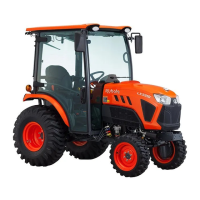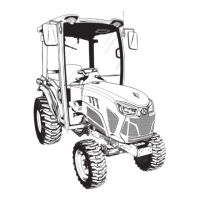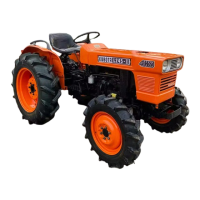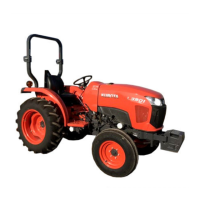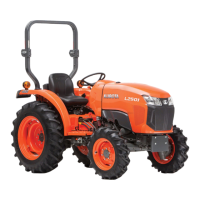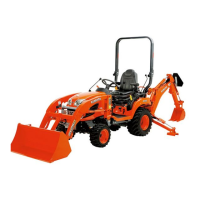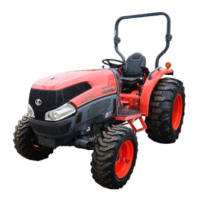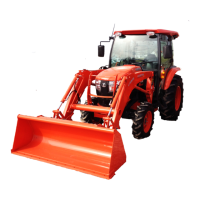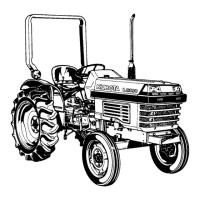Why is my Kubota Tractor engine difficult to start?
- JjosephherreraAug 10, 2025
If your Kubota Tractor engine is difficult to start or won't start, several factors could be at play. First, ensure there's fuel flow by checking the fuel tank and fuel filter, replacing the filter if needed. Air or water in the fuel system can also be a culprit; tighten the fuel line coupler bolt and nut. In cold conditions, the oil viscosity might be too high, slowing the engine; consider using different viscosity oils or an engine block heater. Lastly, a weak battery can hinder starting; clean the battery cables and terminals, charge the battery, and in cold weather, remove the battery, charge it, and store it indoors, installing it only when you're ready to use the tractor.


